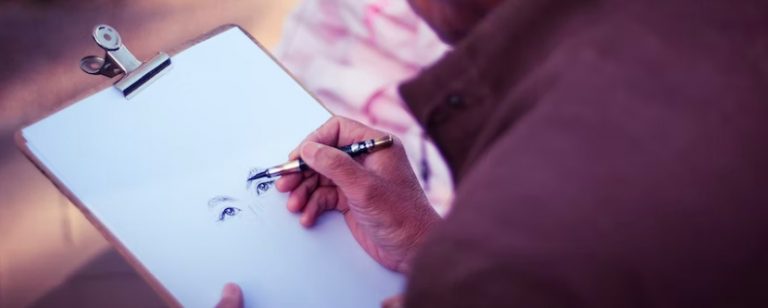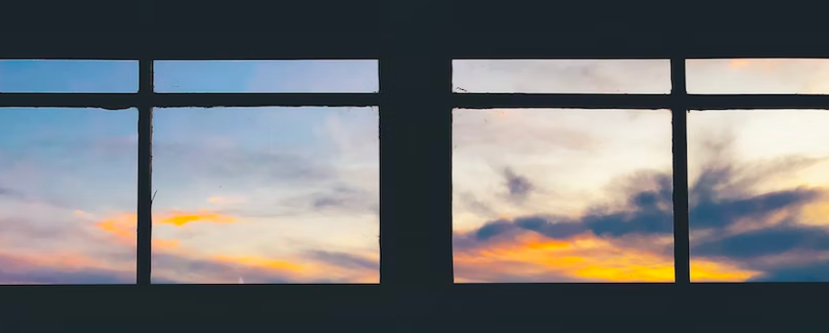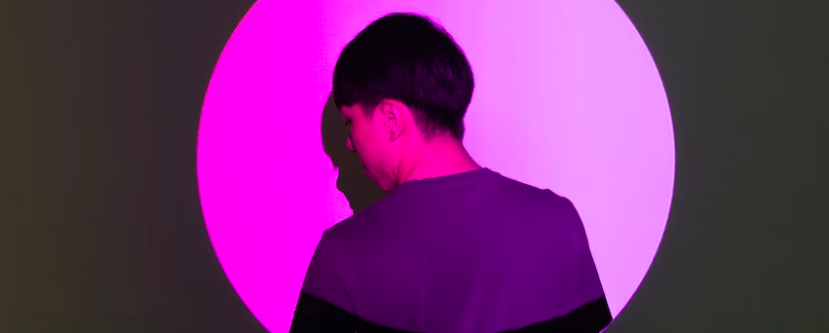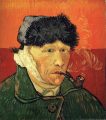American illustrator Andrew Loomis once said, “To learn to draw is to draw and draw and draw.” Wise advice, but what happens when a lack of inspiration makes it hard to find something to sketch? Returning to the same subject again and again can zap your enthusiasm and cause your artistic practice to suffer. To keep your boredom at bay, why not grab from our list of eight original ideas of things to draw.
So, put aside some time, find a calm space, a pad and pencil and start drawing.
A still life with your favorite things

Collect a few of your most prized possessions: a favorite book, a gadget, or perhaps an old toy. If it brings you some level of inexplicable joy, add it to the list. Once you have collected these weird and wonderful things, assemble them into a still life set. Choose a table or chair with good access to natural or artificial light.
Now bring these objects together, along with any extra props like flowers or fabric to complete the composition. Start off with a few sketches. Once you have found an angle you like, start drawing.
The back of someone’s head
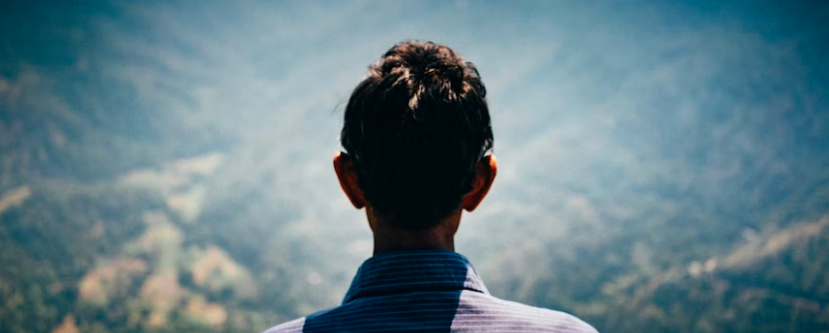
At first glance, this exercise is simple. Find a subject and draw the back of their head, an original take on the classic portrait. The trick here is to convey the expression or essence of your subject without being able to depict any of their facial features.
French Impressionist Edgar Degas stated, “Drawing is not what one sees but what one can make others see.” How can your drawing tell us who this person is? How can your use of line and shading bring the back of this person’s head to life?
As Camille Pissarro also famously said, “It is only by drawing often, drawing everything, drawing incessantly, that one fine day you discover, to your surprise, that you have rendered something in its true character.” Give it a try.
Looking for more inspiration on how to draw a portrait? Check out our blog on how to draw a self-portrait?
The view from your bedroom
This is as easy as it sounds. Look out of your bedroom window and draw what you see. Find some time in your day to set aside for drawing, choose a window with a view that interests you, and draw.
This experiment can be repeated over the course of a month, going back to the same spot but capturing the landscape at varying times of day or with different weather conditions. Alternatively, chose the same time of day, but sketch the view from a different window. As well as being an interesting drawing exercise, this is also an effective way to track the progression of your technical skills over time.
Your favorite song
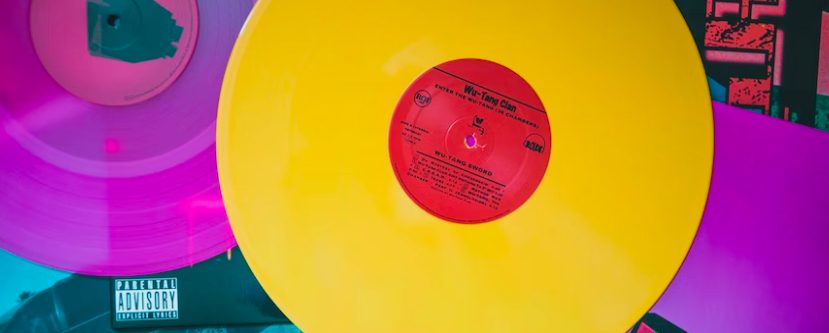
Musicians Joan Baez and Bob Dylan are both known for powerful music and lyrics, but did you know that they both also paint? This drawing exercise mixes music and art, focusing on using listening as a key source of inspiration.
Play your favorite song and start sketching what you hear, thinking about what this song sounds like. You can work on one sketch, or sketch the song out in various scenes. It will be easier to work with a song that doesn’t have a music video, allowing you to freely explore this song visually.
A blind contour
This drawing exercise is also one of discovery. Choose your subject and draw their contour – but make sure not look down at the page when drawing. The blind contour technique helps artists focus on their subject as well as heightening their observation skills.
The key to this artistic technique is to be open to what emerges. The objective is to simply observe what gets put down on the page. As John Berger stated, “For the artist, drawing is discovery. And that is not just a slick phrase; it is quite literally true.”
Your dream

Spanish artist Salvador Dalí once said, “Give me two hours a day of activity, and I’ll take the other twenty-two in dreams.” You may have heard about a dream journal, but what about a dream sketchpad?
Think about a dream you had recently and pencil out what you can remember. If you can’t piece together your last dream, but you like this idea, sleep with a notepad next to your bed. When you wake up, write down whatever you can remember from your dream. When you next get the chance, go back to your dream journal as a source of inspiration.
A spaceship
This drawing exercise might resonate with the David Bowie fans. In his song Space Oddity, the musician sings, “And I think my spaceship knows which way to go.” Where would your spaceship go, and if you had one, what would it look like?
This is a drawing idea that asks you to channel your most spaced-out self and to picture what your own personal spaceship would look like. It’s ok to get inspiration from preexisting spacecrafts, but be sure to add personal details and make it your own.
A plant or flower
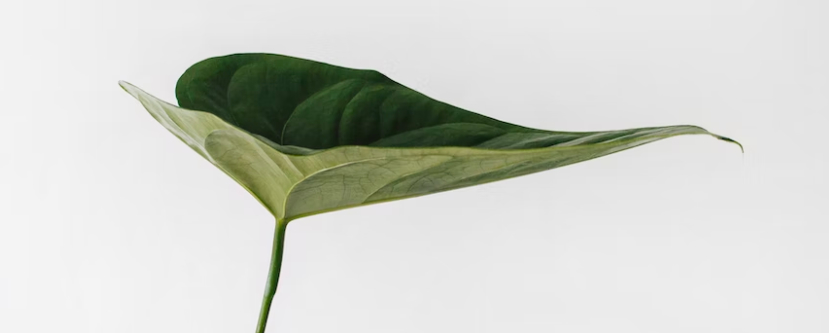
The next drawing exercise is inspired by the artist Ellsworth Kelly, who once explained his drawing process stating, “I don’t labor over my drawings. I want to get freedom in the line.” The idea here is to find a plant or a flower and draw it from various angles, a number of different times – but never taking more than three minutes on each drawing.
The drawing technique here is one of loosening up, not laboring over every detail of an intricate object like a plant. Instead, lean into finding “freedom in the line,” as Kelly famously did in his drawings of plants.
Take your pick
From inverted portraits to discovering what’s hiding inside of your dreams, this list is here to help you find new and original ideas to draw. Use your artistic licence to adapt any of these prompts – add or remove from this list as best suits you. Each drawing exercise aims to work on different areas of your technique — from finding a freer line to contemplating new angles for your subjects. Take time to discover what works best for you and your creative process.

